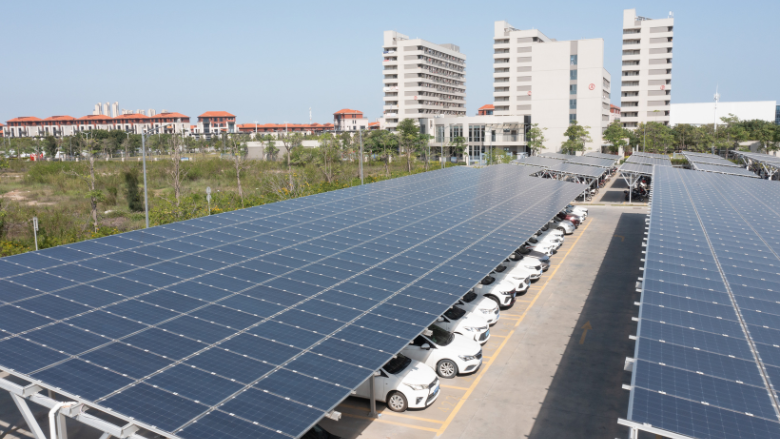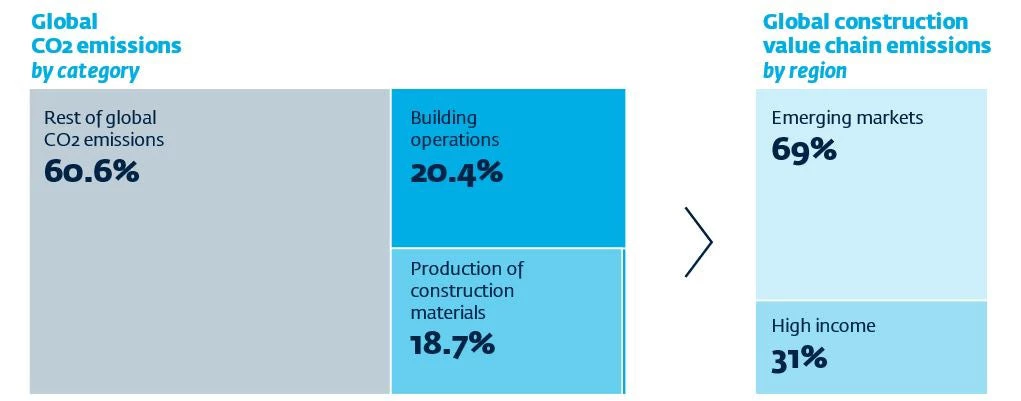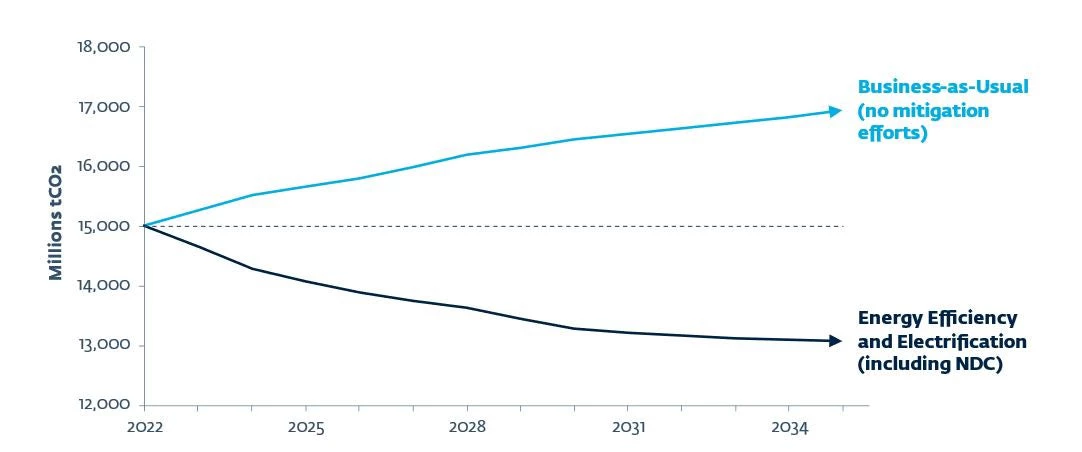
A Spanish language version of this blog was previously published on EFE: Verde.
With so much attention devoted to emissions from the cars we drive and other life choices, we forget that constructing and operating the places where we live, work, and play has massive environmental impact. But the good news is that we can reduce this impact through smarter choices. Modern green building technologies provide opportunities to cut costs, make profits, and curb greenhouse gas emissions.
Globally, construction value chains, which include construction and operation of buildings and the production of materials such as cement and steel, account for a whopping 40 percent of global carbon emissions, with nearly 70 percent generated in emerging and developing economies (Figure 1).
Construction Value Chains Generate About 40 Percent of Global Carbon Emissions Today

A new IFC report, Building Green: Embracing Sustainable Construction in Emerging Markets, estimates that global buildings and construction-related emissions could drop 23 percent by 2035 compared to the current trajectory (Figure 2). This reduction is equivalent to the total construction emissions of the United States in 2022. But realizing this opportunity will require action.
Global Construction Emissions Can Be Reduced Substantially with Decisive Action

What are some of the actions we can take?
Our report outlines several approaches – from how we produce cement and steel to quick wins like using reflective paint and window coatings. Innovative processes, such as prefabrication, smart appliances, and 3-D printing can also reduce costs and emissions. Green buildings that incorporate recycling can reduce waste output by 90 percent and use 30 percent less energy.
Green buildings can also have lower operating costs and higher asset values than traditional buildings. So, what are we waiting for? How can we accelerate the shift to building green, since it is more cost-effective to reduce emissions through green design up front?
Governments can facilitate this by recognizing green building standards and verification, adopting national building codes, and enabling sustainable financing for green construction.
The first step is adopting taxonomies and standards for what constitutes a green building. Leadership in Energy and Environmental Design (LEED) standards, developed by the U.S. Green Building Council, are one internationally accepted standard. IFC has developed an alternative that is tailored to the emerging market context, called Excellence in Design for Greater Efficiencies (EDGE).
Second, government policies, potentially including tax incentives, are needed to set construction standards and nudge firms, investors, and consumers toward greener choices. More than 110 countries lacked mandatory building energy codes in 2022, and they built 2.4 billion square meters of floor space in 2021– equivalent to Spain’s entire building stock.
Finally, financing is needed to promote green construction. Despite the pressing need and a clear business opportunity for both large and small firms, significant investment gaps remain in emerging markets. In 2021, global private debt financing for decarbonizing construction reached about $230 billion, but emerging markets accounted for only 10 percent of that spend. To increase financing for green buildings, governments can adopt taxonomies and regulations to enable green bonds and similar instruments. This allows local construction firms or local banks to raise finance for green construction, tapping into the pool of investors that prioritizes sustainable finance.


Join the Conversation